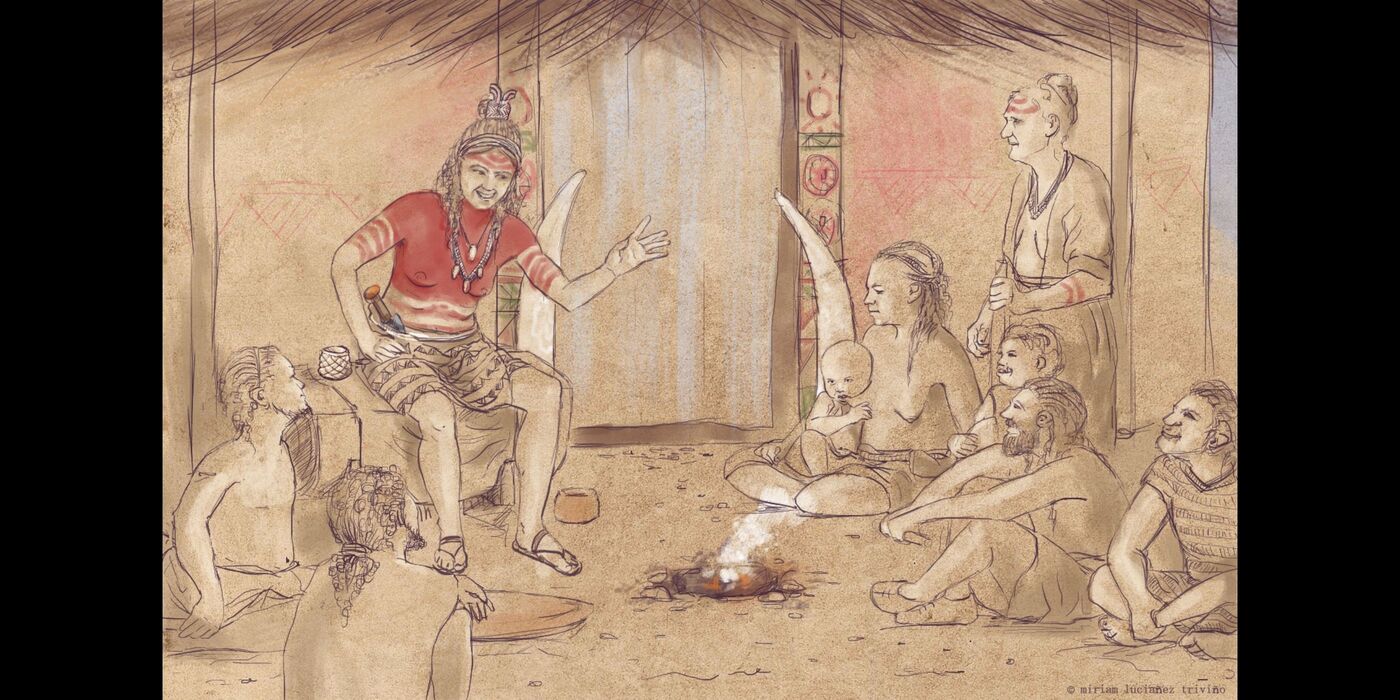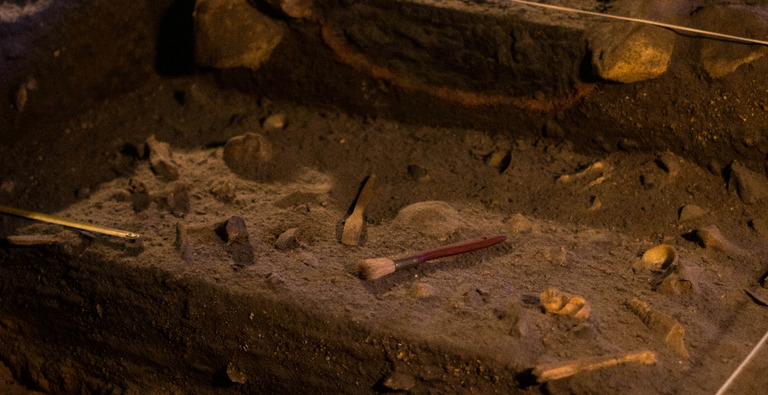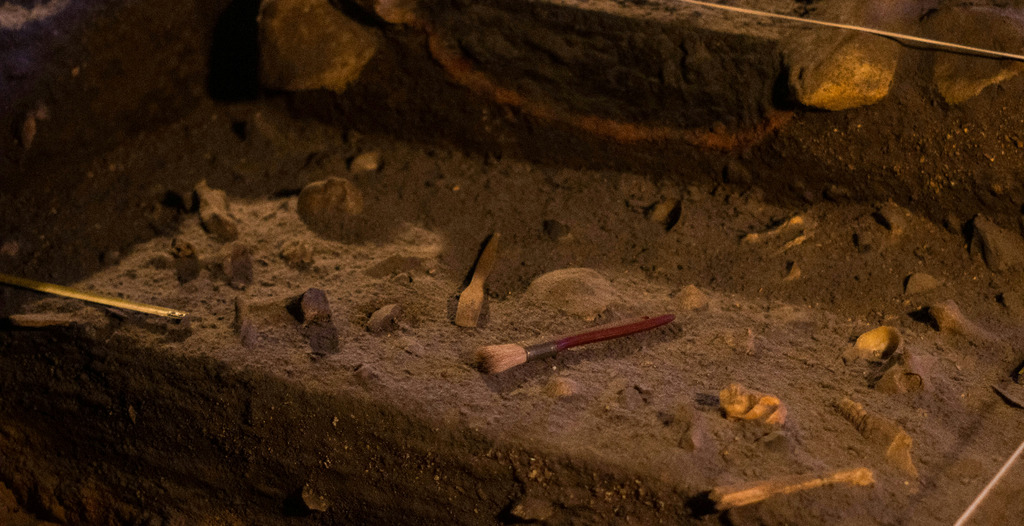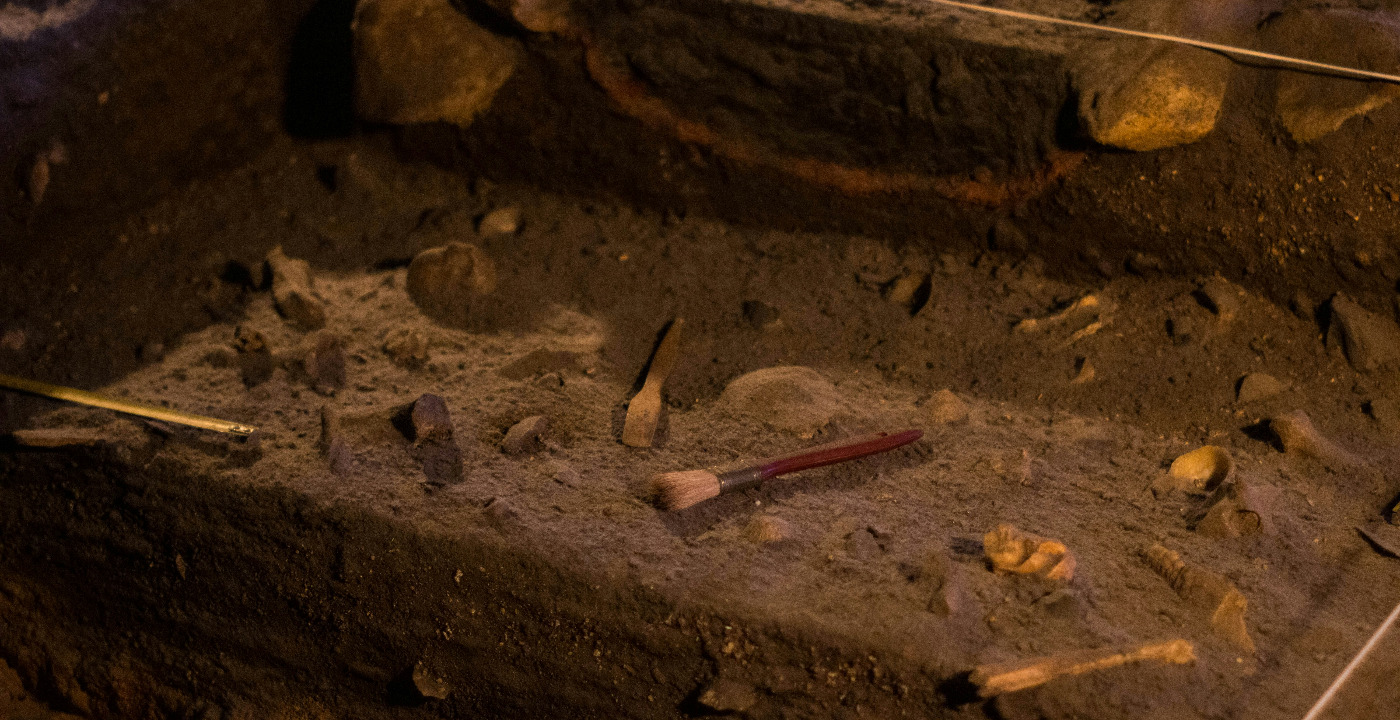History is a story half-told, a story defined by misogyny, heavily weighted by the male side of life. The New Historia seeks to change this, to uncover the stories of women across the generations whose lives have been shrouded and buried. In every field, women’s lives are coming to light, reshaping how we understand the human past–and the archeological and anthropological sciences are no exception.
In “The Ivory Lady,” a schema by Marta Cintas Peña, the author details how she and colleagues used an amelogenin peptide analysis to discern the highest known ranking figure in Copper Age Iberia–previously thought to be a man–was actually a woman, now known as the Ivory Lady. This revelation is significant not only to the society the Ivory Lady hails from but it points to larger questions surrounding the processes used to discern gender throughout history and what the results actually mean. Cintas Peña writes in her schema:
"This study sheds new light on a problem we know little about: the social and political role of women in early complex pre-state societies. Usually, the political complexity among pre-state societies involves concepts such as ‘big man,’ ‘chiefdoms,’ or ‘aggrandizers.’ All these terms explain the emergence of early forms of leadership by individuals who achieved their status through merit or personal charisma. In ethnographic literature, these leaders are, in most cases, male individuals. Our study shows that this was not necessarily the case in Prehistory, and females may have also occupied high offices as leaders among pre-state societies, which renders women relevant in the analysis of social complexity. In our view, this implies that we need to rethink both what has been said for Copper Age Iberia and also what is assumed about the processes that led to social complexity worldwide."

The discovery of the Ivory Lady illuminates the possibilities for a breadth of knowledge yet to be uncovered and for the existing knowledge that warrants reexamination. In her paper titled “Missing prehistoric women? Sex ratio as an indicator for analyzing the population of Iberia from the 8th to the 3rd millennia B.C.,” Cintas Peña examines the sex ratio of Iberian Mesolithic, Neolithic, and Copper Age societies, data which skews male. She analyzes the causes of this systematic disproportion and asks:
"In light of this unquestionable majority of masculine individuals in the archeological record, the question that must be answered is where are the missing prehistoric women?"
Through the Ivory Lady revelation, one small piece of this puzzle has been solved, but a world of new questions and possibilities about where the missing prehistoric women are is opened. Read more about the Ivory Lady with the Smithsonian Magazine, Reuters, CNN, and, of course, in Marta Cintas Peña’s schema “The Ivory Lady.”
-Remie Arena
Editor, The New Historia


